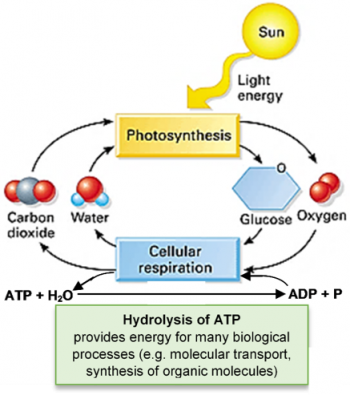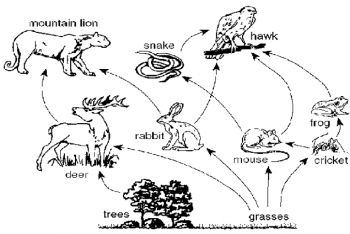
To begin this hands-on, minds-on activity, students view a video about ecosystem changes that resulted when wolves were reintroduced to Yellowstone. Then, students learn about food chains and food webs, and they construct and analyze a food web for Yellowstone National Park. Students use what they have learned to understand trophic cascades caused by the return of wolves to Yellowstone.
Next, students learn that the biosphere requires a continuous inflow of energy, but does not need an inflow of carbon atoms. To understand why, students analyze how the carbon cycle and energy flow through ecosystems result from photosynthesis, biosynthesis, cellular respiration, and the trophic relationships in food webs.
In the final section, students use the concepts they have learned to understand trophic pyramids and phenomena such as the relative population sizes for wolves vs. elk in Yellowstone. Thus, students learn how important ecological phenomena result from processes at the molecular, cellular, and organismal levels.
For virtual instruction, you can use Food Webs – Understanding What Happened When Wolves Returned to Yellowstone, Carbon Cycles and Energy Flow through Ecosystems and the Biosphere, and Trophic Pyramids.

 © Serendip® 1994 - All rights reserved. Privacy Policy
© Serendip® 1994 - All rights reserved. Privacy Policy
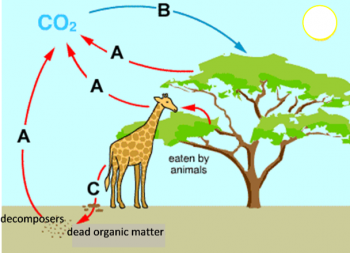 In this analysis and discussion activity, students learn why the biosphere requires a continuous inflow of energy, but does not need an inflow of carbon atoms. Students analyze how the process of photosynthesis illustrates the general principles of conservation of matter and the second Law of Thermodynamics.
In this analysis and discussion activity, students learn why the biosphere requires a continuous inflow of energy, but does not need an inflow of carbon atoms. Students analyze how the process of photosynthesis illustrates the general principles of conservation of matter and the second Law of Thermodynamics.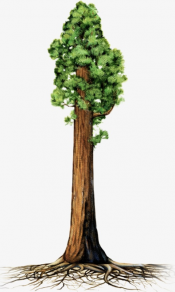
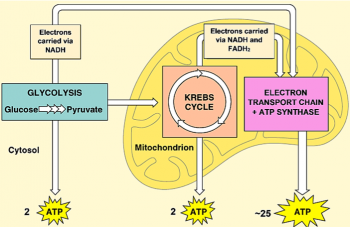

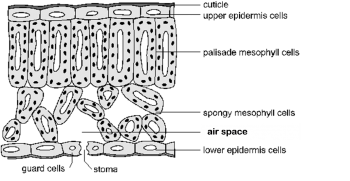 In the first part of this activity, students learn how to use the floating leaf disk method to measure the rate of net photosynthesis (i.e. the rate of photosynthesis minus the rate of cellular respiration). They use this method to show that net photosynthesis occurs in leaf disks in a solution of sodium bicarbonate, but not in water. Questions guide students in reviewing the relevant biology and analyzing and interpreting their results. In the second part of this activity, student groups develop hypotheses about factors that influence the rate of net photosynthesis, and then each student group designs and carries out an investigation to test the effects of one of these factors. (NGSS)
In the first part of this activity, students learn how to use the floating leaf disk method to measure the rate of net photosynthesis (i.e. the rate of photosynthesis minus the rate of cellular respiration). They use this method to show that net photosynthesis occurs in leaf disks in a solution of sodium bicarbonate, but not in water. Questions guide students in reviewing the relevant biology and analyzing and interpreting their results. In the second part of this activity, student groups develop hypotheses about factors that influence the rate of net photosynthesis, and then each student group designs and carries out an investigation to test the effects of one of these factors. (NGSS)
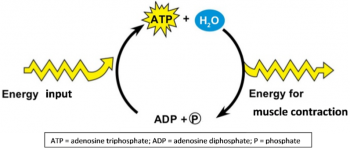
 This analysis and discussion activity introduces students to the basic principles of how organisms use energy.
This analysis and discussion activity introduces students to the basic principles of how organisms use energy.
